International
Pope to revisit Lesbos on trip to Cyprus, Greece
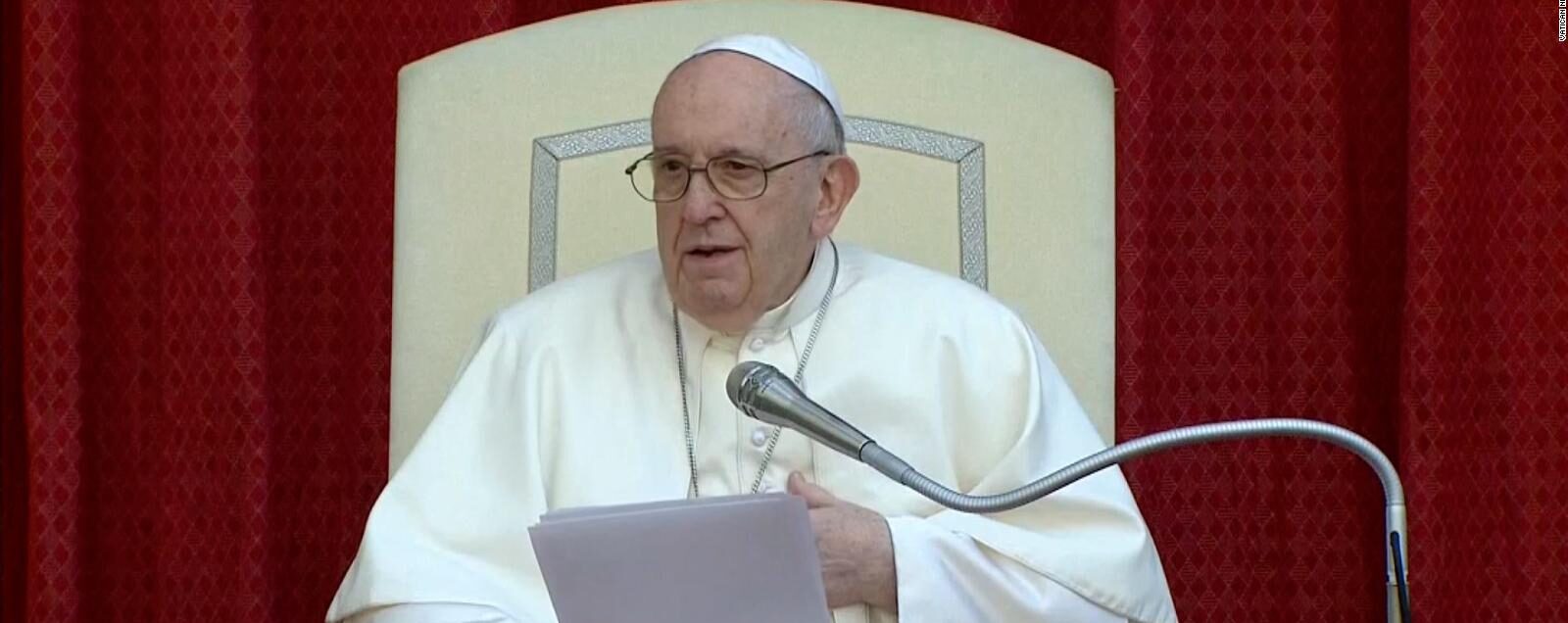
AFP
Pope Francis will visit Cyprus and Greece next month and will revisit the island of Lesbos, a major point of entry for migrants into Europe, the Vatican said Friday.
His 35th trip abroad comes just five months after the Argentine pontiff, who turns 85 in December, was hospitalised following surgery on his colon.
“Pope Francis will travel to Cyprus from 2 to 4 December, visiting the city of Nicosia, and to Greece from 4 to 6 December, visiting Athens and the island of Lesbos,” spokesman Matteo Bruni said in a brief statement.
Francis has travelled widely since he took office in 2013, and although his schedule was suspended by the coronavirus pandemic, this year he has already made a historic trip to Iraq and visits to the Hungarian capital Budapest and Slovakia.
Migration has been a key theme — his first trip as pope, in July 2013, was to the Italian island of Lampedusa, the landing point for migrants crossing the Mediterranean from North Africa.
While there, he criticised the “globalisation of indifference” over migrants.
In April 2016, he visited Lesbos, for many years the main entry point into Europe for migrants and asylum-seekers. He paid a trip to Moria, the continent’s largest migrant camp until it was destroyed by fire last year.
Josif Printezis, the Catholic archbishop for Greek islands in the Aegean, said earlier this month that the pope in Lesbos in December would “make a humanitarian statement, that the Church and all European peoples care about refugees, and that the weight borne by Greece should be recognised by the other European countries”.
After his last visit to Lesbos, Francis returned home with three Syrian families from the camp, who later settled in Italy.
– ‘More tired’.
During his visit to the Mediterranean island of Cyprus — the first by a pope since Benedict XVI in 2010 — Francis will meet with Cypriot President Nicos Anastasiades, the presidency said.
The island has been divided since 1974 between the Greek-speaking, Orthodox Christian-majority Republic of Cyprus and the breakaway Muslim-majority Turkish Republic of Northern Cyprus, recognised only by Ankara.
UN-brokered negotiations to reunify the island collapsed in 2017.
In addition to the trip next month, several other papal visits are in the works.
The pope said in October he intends to visit Oceania for the first time next year, without specifying where, and also had “in my head” trips to Congo and the rest of Hungary.
Speaking to Argentine news agency Telam, he said he was overdue a trip to Papua New Guinea and East Timor originally planned for 2020.
The pope had expressed hope he could fly to Glasgow for this month’s UN talks on climate change, another subject close to his heart, but in the end he sent only a video message.
Despite Francis’ busy schedule, there are signs that his age is catching up with him.
On returning from a gruelling three-day trip to Iraq, the pope admitted he “felt a lot more tired” than during other visits.
International
Meta Says Russia Seeks to Ban WhatsApp for Defending Secure Communication

U.S. tech giant Meta, the parent company of WhatsApp, said that Russia is seeking to ban the messaging app because it “challenges government attempts to violate people’s right to secure communication.”
Russian authorities have encouraged citizens to switch to state-backed applications, and in August they already blocked WhatsApp’s calling feature.
On Friday, the communications regulator Roskomnadzor claimed that the platform was being used to “organize and carry out terrorist acts in the country, recruit perpetrators, and facilitate fraud and other crimes.”
“If the messaging service does not comply with Russian law, it will be completely blocked,” the regulator warned.
WhatsApp remains one of Russia’s most widely used messaging services, alongside Telegram.
Moscow is pressuring both platforms to grant authorities access to user data upon request for investigations into fraud and activities the government labels as “terrorist.”
Human rights advocates fear the demand could be used to target critics of the Kremlin, President Vladimir Putin, or the war in Ukraine.
International
Archbishop Wenski criticizes Trump’s deportation policies, calls for stronger push for reform
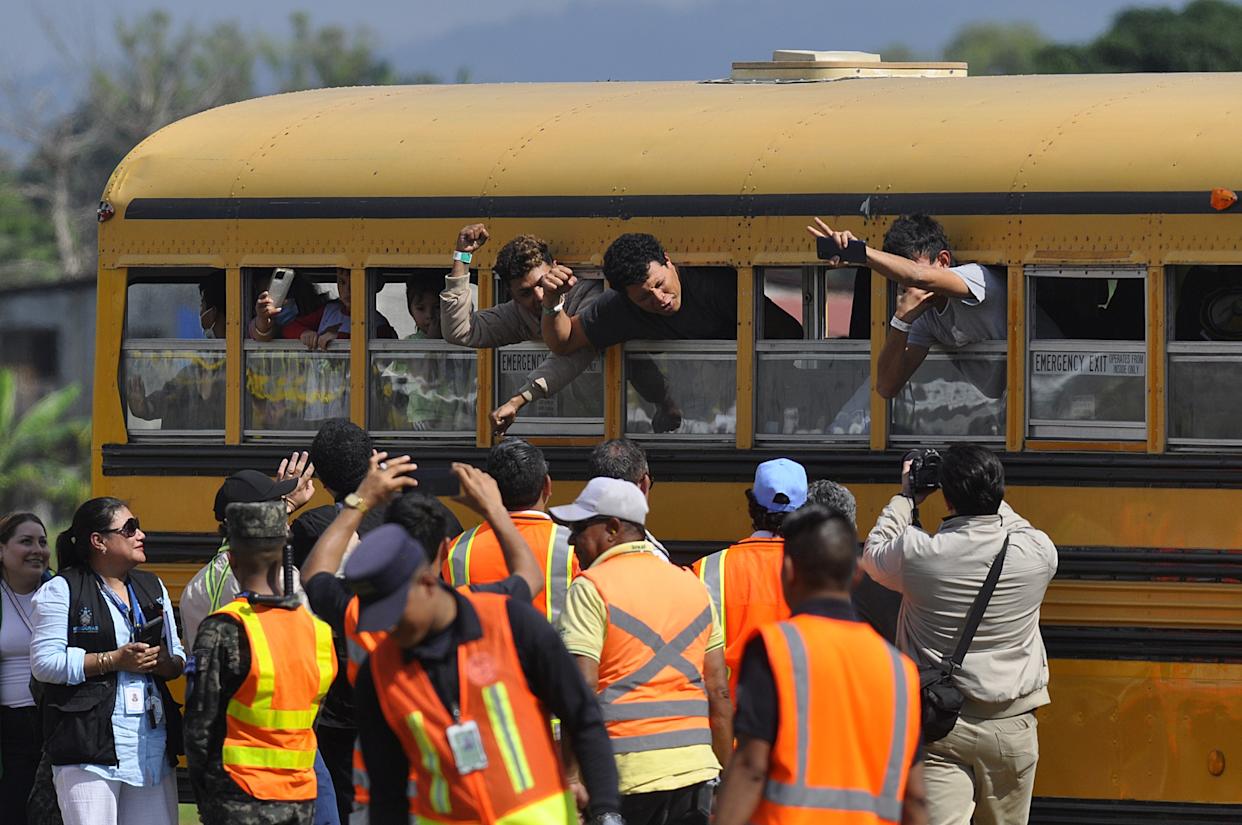
The Archbishop of Miami, Thomas Wenski, has called for increased pressure on the U.S. Congress to advance comprehensive immigration reform and criticized President Donald Trump’s mass deportation policies, arguing that they “do nothing to help.”
“We need to apply more pressure on Congress so lawmakers can make the necessary changes. It is also important for the Administration to listen to our voice. We do not want to be anyone’s enemy—we are Americans,” Wenski said in an interview with EFE.
The religious leader, who heads one of the dioceses with the largest Latino and Haitian populations in the United States, issued a call to defend the rights of migrants. He also emphasized that the U.S. Conference of Catholic Bishops (USCCB) has maintained a strong and public stance in favor of migrants for decades.
International
Trump relaunches diplomatic push to finalize U.S.-Backed peace plan for Ukraine War
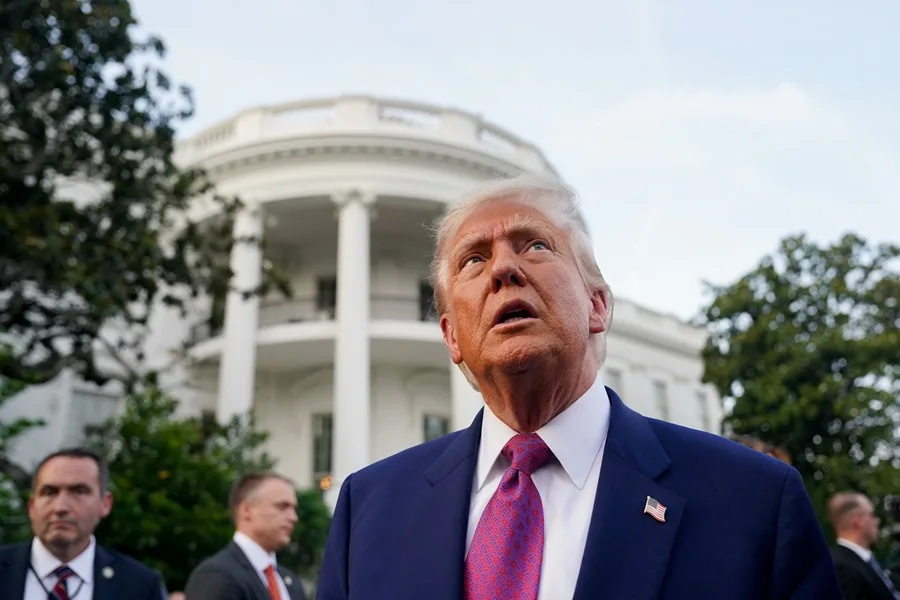
U.S. President Donald Trump announced on Tuesday that his diplomatic team will resume meetings with delegations from Russia and Ukraine in an effort to pressure both sides to accept the peace plan proposed by Washington to end the war in Ukraine.
As part of this new round of talks, U.S. Special Envoy Steve Witkoff will travel to Moscow to meet with Russian President Vladimir Putin. Meanwhile, Army Secretary Dan Driscoll will hold discussions with Ukrainian representatives to narrow differences on the remaining points of the agreement.
Trump also confirmed his intention to meet personally with Ukrainian President Volodymyr Zelensky and with Putin, though he emphasized that such meetings will only take place “when the agreement is fully finalized or in its final stage.”
The president claimed that his administration has made “tremendous progress” toward resolving the conflict and reiterated that the war “never would have started” if he had been in the White House at the onset of the crisis.
The U.S.-backed peace plan consists of 28 points and has been revised following feedback from both sides. According to Trump, only “a few points of disagreement” remain under active discussion.
One of the most controversial aspects of the proposal is the suggestion that Ukraine cede parts of the Donbas region to Russia and limit the size of its armed forces. Kyiv is working closely with Washington to soften these clauses in search of an arrangement that does not compromise its sovereignty or security.
With this diplomatic push, Trump aims to solidify his role as the main mediator in the conflict and steer the war toward a political resolution after years of devastation, humanitarian crisis, and rising global geopolitical tensions.
-

 Central America2 days ago
Central America2 days agoTrump Pardons Former Honduran President Hernández and Warns of Aid Cuts Ahead of Election
-
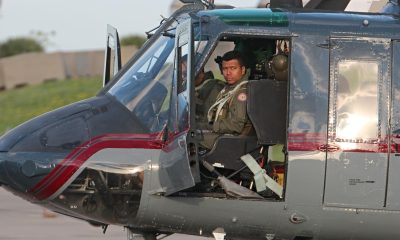
 Central America4 days ago
Central America4 days agoPanama reinforces security with new helicopters and Super Tucano Aircraft purchases
-

 Central America4 days ago
Central America4 days agoTrump urges hondurans to back conservative candidate Nasry Asfura in november elections
-
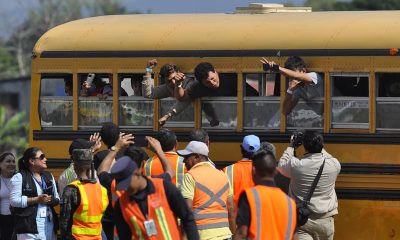
 International4 days ago
International4 days agoArchbishop Wenski criticizes Trump’s deportation policies, calls for stronger push for reform
-

 Central America24 hours ago
Central America24 hours agoHonduras’ China–Taiwan Future Hinges on Sunday’s Presidential Election
-

 Central America4 days ago
Central America4 days agoWashington calls for oversight as Honduras faces allegations of electoral interference
-

 International2 days ago
International2 days agoMeta Says Russia Seeks to Ban WhatsApp for Defending Secure Communication
-

 Central America4 hours ago
Central America4 hours agoHonduras Extends Voting by One Hour Amid High Turnout, CNE Announces






























